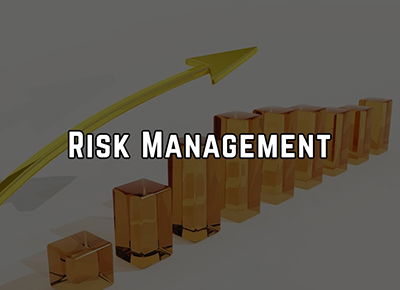Risk Management for ML Medical Devices following AAMI/ BSI TR 34971 and ISO 14971
🎤 Edwin Waldbusser | 📅 June 10, 2024 | 🕒 11 AM Eastern Time US
Why You Should Attend:
FDA has always maintained risk management of medical devices as a top priority. FDA has it’s regulations and has also endorsed the use of ISO 14971. Risk management for software as a medical device (SaMD) and software in a medical device (SiMD) is a complex subject and ML adds another level of complexity.
Recently AAMI/BSI TR 34971 was issued: “Guidance on the application of 14971 to AI and ML”This webinar will explain the ISO 14971 risk management process and explain the additional risks ML poses.
In this webinar we will explain the process of conducting a hazard analysis. The confusing terms “hazard”, hazardous situation”, “harm”, “causative event”, “ALARP”, “risk index”, and “residual risk” will be explained. We will go step by step through the risk analysis process so that the process is clear. Examples of hazards and hazardous situations will be presented. The additional hazards and hazardous situations attributable to ML will be discussed.
Issues important to ML such as the Predetermined Change Control Plan (PCCP), data quality and bias will be discussed.
Areas Covered In The Session:
- Hazard analysis terms
- Hazard analysis process
- QC of datasets
- ML Algorithm updating
- Reference standard development
- Importance of “explainability”
- Cybersecurity
Who Should Attend:
- Quality Assurance Departments
- Regulatory Affairs Departments
- Engineering Departments
- Software Professionals/Engineers
- Upper Management
- Marketing Departments
- Risk Management Professionals


